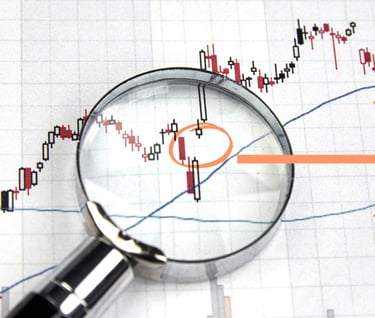Unlocking the Secrets of Gap Ups
In trading, a gap up refers to a situation where the price of a financial instrument (such as a stock, commodity, or currency) opens significantly higher than its previous day's closing price. The term "gap" refers to the empty space on a price chart between the closing price of one trading day and the opening price of the next trading day.
GAP UPSTRADING


Gap Ups: Understanding Their Meaning and Trading Potential
In trading, a gap up refers to a situation where the price of a financial instrument (such as a stock, commodity, or currency) opens significantly higher than its previous day's closing price. The term "gap" refers to the empty space on a price chart between the closing price of one trading day and the opening price of the next trading day.
There are several reasons why gap ups occur:
Positive news or events: Gap ups often happen when there is positive news or significant developments related to the underlying asset. This can include earnings reports, product announcements, favorable economic data, or other news that creates optimism among traders and investors.
Overnight market activity: Gap ups can occur due to trading activity that takes place outside regular trading hours. For example, if there is positive news released after the market closes, it can lead to a gap up in the price when trading resumes the next day.
Overnight order flow: Orders placed by traders and investors during non-market hours can also contribute to gap ups. If there is a significant increase in buying interest or a lack of sellers overnight, it can lead to a higher opening price and a price gap.
The meaning of a gap up depends on the context and the specific circumstances surrounding it. Generally, a gap up is seen as a bullish signal and indicates increased buying pressure. It suggests that there is strong demand for the asset, and traders may interpret it as a positive sign for the future direction of the price.
However, it's important to note that trading is complex, and individual gap ups should be analyzed in conjunction with other factors such as market conditions, volume, and technical indicators to make informed trading decisions. Gaps can sometimes get filled (i.e., the price retraces back to fill the gap), and they can also be a result of temporary imbalances that may correct themselves later in the trading session. Therefore, it's crucial to conduct thorough analysis and consider multiple factors before making trading decisions based solely on a gap up.
